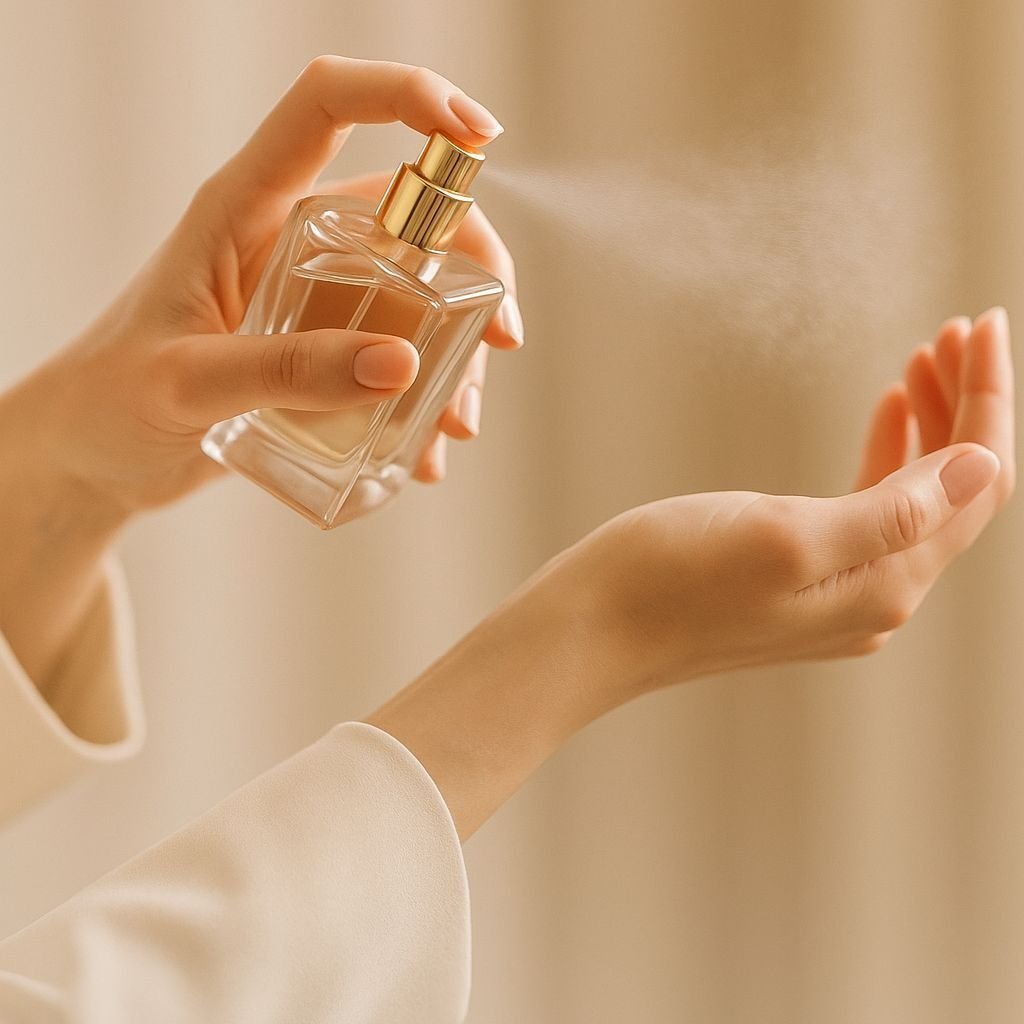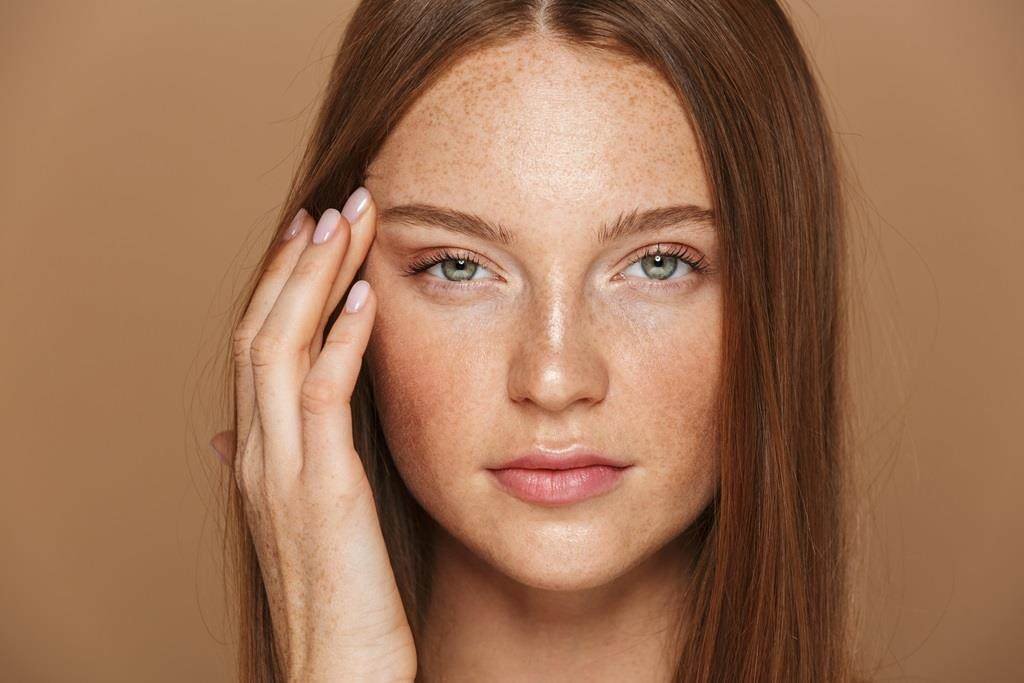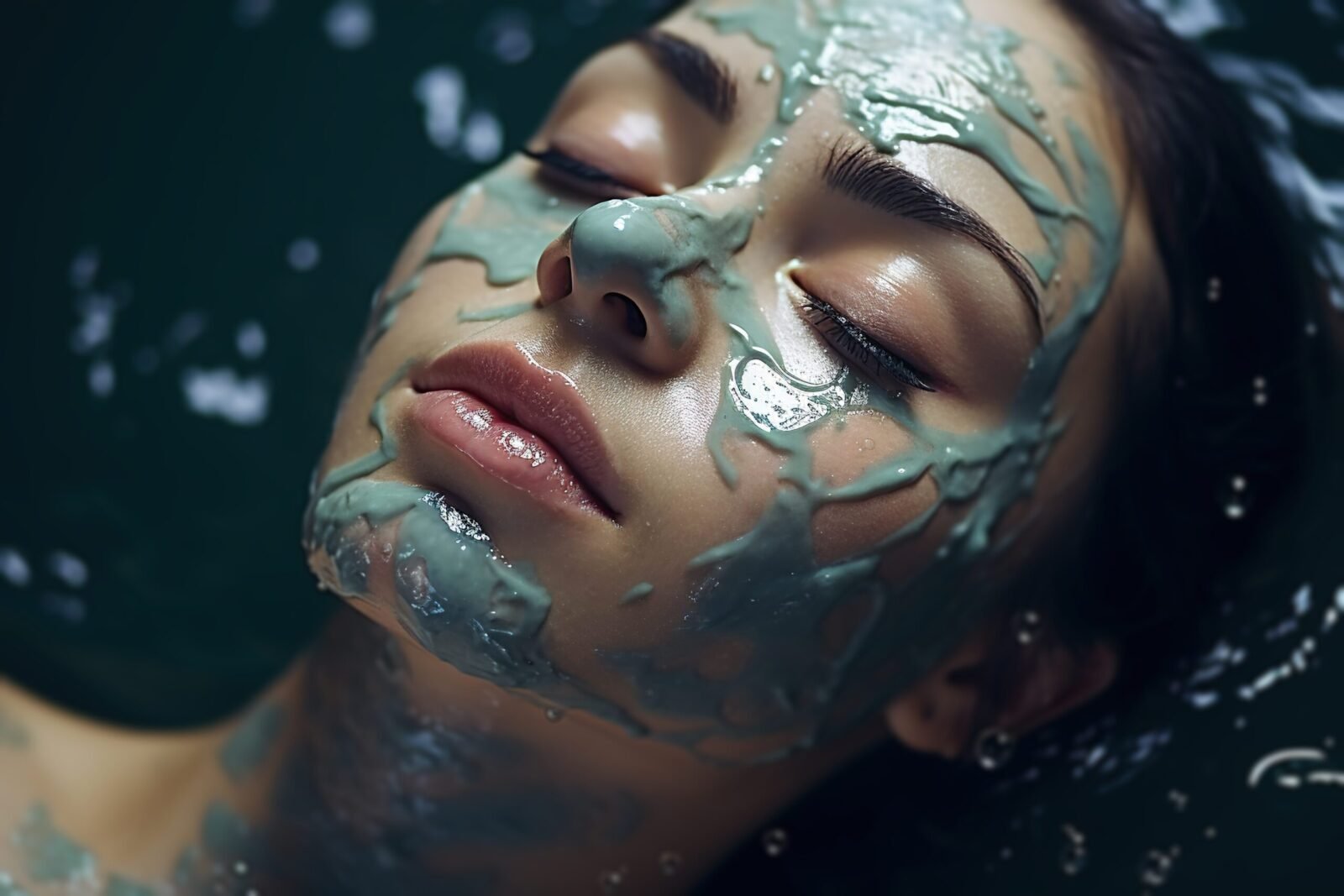Introduction
More consumers now focus on allergens in cosmetics, particularly fragrances. As a result, both the U.S. and Europe have enacted regulations requiring brands to disclose allergens and make accurate claims. The Modernization of Cosmetics Regulation Act (MoCRA) in the U.S. and EU Regulation 655/2013 set clear rules for fragrance allergen labeling and “fragrance-free” claims. These regulations help consumers avoid sensitivities and ensure transparency in cosmetics.
In this article, we will cover the requirements for fragrance allergen disclosure and discuss how brands can make fragrance-free claims under MoCRA and EU 655/2013. Additionally, we will explore the importance of clear language and compliance templates to guide the cosmetic industry.
What You Need to Know About Fragrance Allergen Disclosure
Fragrance allergens can cause skin irritation or respiratory issues in sensitive individuals. Under EU Regulation 655/2013, brands must disclose specific allergens found in fragrance ingredients. If a product contains these allergens above the prescribed thresholds, the label must list them clearly.
The following allergens must appear on the label if they are present in amounts higher than 0.001% (for leave-on products) or 0.01% (for rinse-off products):
- Alpha-isomethyl ionone
- Amyl cinnamal
- Cinnamal
- Citral
- Coumarin
- Eugenol
- Linalool
- Limonene
- Geraniol
- Heliotropin
Similarly, MoCRA also requires fragrance allergen disclosure. While full implementation is still underway, brands should start preparing for compliance by staying updated with FDA guidelines as they evolve.
Understanding the ‘Fragrance-Free’ Claim
A product can only carry the “fragrance-free” label if it contains no added fragrances or masking agents. Many products may still have a natural scent due to raw ingredients or preservatives. Therefore, even a product with no added fragrance but with a natural odor from essential oils or preservatives cannot be labeled as “fragrance-free.”
To avoid misleading consumers, brands must ensure that their product contains no fragrances or masking agents before using the “fragrance-free” claim. This will ensure compliance with both MoCRA and EU 655/2013.
Compliant Labeling for ‘Fragrance-Free’ Products
To label a product as “fragrance-free,” it must not contain any fragrance or masking agents. Masking agents are substances that neutralize unpleasant smells from other ingredients. Brands should avoid using the “fragrance-free” claim if the product contains such agents.
Brands must carefully review all ingredients to ensure the product meets the “fragrance-free” definition. This claim should align with ingredient transparency and proper testing.
Safe Wording and Claims to Ensure Compliance
The following safe wording will help brands ensure compliance with fragrance-related claims:
- Fragrance-Free Claim: “This product is free from added fragrance or masking agents. It is formulated to reduce irritation and is suitable for sensitive skin.”
- Hypoallergenic Claim: “Clinically tested to minimize the risk of allergic reactions. Ideal for sensitive skin.”
- Free from Fragrance Allergens: “This product is free from common fragrance allergens. Please refer to the ingredient list for more details.”
Templates for Fragrance-Related Claims
Here are some useful templates for fragrance claims:
- Fragrance-Free Claim: “This product is free from any added fragrances or masking agents and is suitable for sensitive skin.” (Ensure that no fragrance ingredients or masking agents are used.)
- Allergen Disclosure: “This product contains the following fragrance allergens: [List allergens]. Please refer to the full ingredient list for more information.” (Provide clear allergen details.)
- Hypoallergenic Claim: “This product has been clinically tested to minimize allergic reactions. It’s designed for sensitive skin.” (Use this claim only if clinical testing supports it.)
Common Fragrance Allergens and Their Impact
Common allergens like limonene, linalool, and geraniol can trigger allergic reactions in some individuals. These substances often appear in perfumes, essential oils, and other fragrance ingredients.
Therefore, it’s essential for cosmetic brands to disclose these allergens. Offering products free from common allergens has become a significant trend, with many consumers now actively avoiding certain ingredients due to allergic reactions or sensitivities.
Global Trends in Fragrance Disclosure
Many countries are now developing similar allergen disclosure laws. For example, Canadian authorities are considering regulations akin to those in the EU. Brands planning international expansion must ensure compliance with the fragrance allergen requirements of all markets.
Transparency is key for brands aiming to succeed globally. Clear allergen disclosures will enhance consumer trust and position brands as leaders in consumer safety and regulatory compliance.
Conclusion
Fragrance allergen disclosure is essential for legal compliance and maintaining consumer trust. Both MoCRA and EU 655/2013 provide guidelines that ensure consumer safety and brand accountability. By following these regulations, brands can protect consumers and enhance their market reputation.
Brands should adopt clear allergen labeling practices, use accurate fragrance-free claims, and stay informed about regulatory updates. By doing so, they will remain compliant, protect their consumers, and strengthen their position in the competitive beauty market.
Next Steps for Chemists
To design effective ceramide-based formulations, balance different ceramide types based on the skin’s needs. Then, integrate supporting ingredients like fatty alcohols and hyaluronic acid to enhance the product’s performance. For more advanced ceramide systems, visit the Grand Ingredients Product Center or Request a Sample for lab testing.
